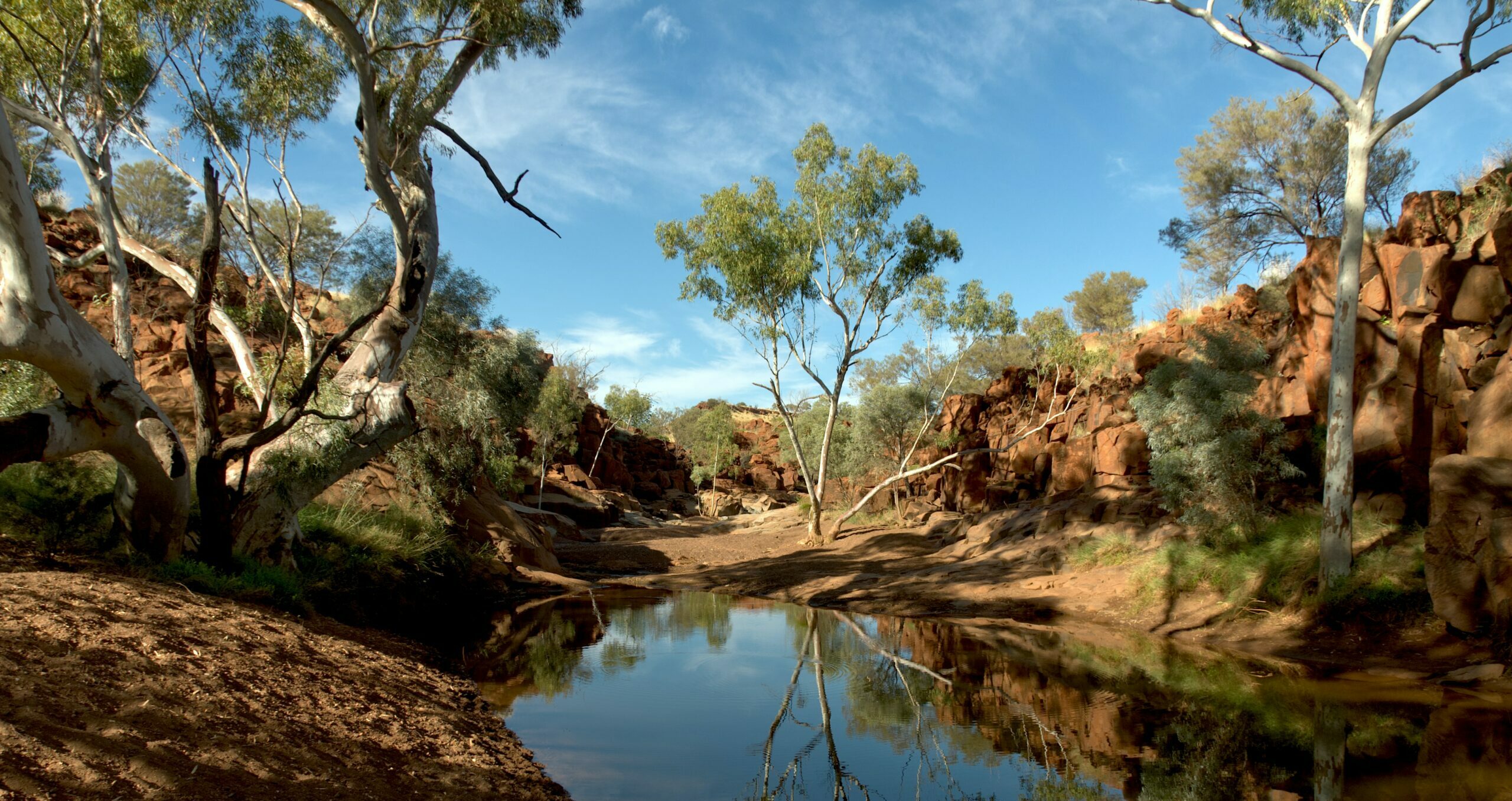
Reducing Deaths from Air Pollution
Exploreabout Reducing Deaths from Air Pollution
In a 2020 independent review of Australia’s environmental legislation, the Environment Protection and Biodiversity Conservation Act 1999, Prof Graeme Samuel AC wrote:
“Australia’s natural environment and iconic places are in an overall state of decline and are under increasing threat. The pressures on the environment are significant – including land-use change, habitat loss and degradation, and feral animals and invasive plant species. The impact of climate change on the environment will exacerbate pressures and contribute to further decline.”
The ability to make good decisions about our environment to reverse this decline relies on sound ecological modelling and good biodiversity data. It is a powerful tool, but ecological modelling is not simple to do.
Dr Elisa Bayraktarov, EcoCommons Program Manager and ecologist, explains the dilemmas faced by ecosystem modellers, using an example of predicting the future distribution of a species:
“Imagine there’s a conservation problem you need to solve. First, you have to access all the available data on the species occurrences.
“Now, you have to prepare your data. You have to filter it for the species you need and the area of interest, and you have to get rid of data that might be biased or that has simple errors, and ensure all the metadata is consistent.
“Then you need to choose the right Species Distribution Model Algorithm out of the 25+ that are published in the scientific literature.
“You then have to evaluate your model and make sure that your data is being visualised properly.”
And finding the current species distribution is only the first step. Then it’s onto modelling how species will distribute in the future considering the impact of climate change, which requires even more datasets on emissions scenarios, climate and more.
In the end, ecological model results require careful application of the latest science, but these modelling steps can take days, weeks or even months for the most experienced coder depending on the model and data.
That’s where a digital research platform steps in.
“The EcoCommons Australia program is building a research platform to bring all the fantastic data that already exists into one place, connect it with published methods, tools and analytical workflows, and back this all up with high performance computation and cloud storage.
“And by doing this in one connected platform, running scientific workflows becomes much more rapid, transparent, reproducible and streamlined,” explained Dr Bayraktarov.

The ARDC is supporting the development of the EcoCommons platform—a $5 million investment to create a world-leading ecological and environmental modelling tool to support environmental problem solving. Building on 6 years of research and experience, the platform will become a superhighway for users; shortening the time from question, to answer, to environmental decision.
The design of the underlying technology will make the platform more easily deployable in different disciplines. For instance, EcoCommons is being used as the basis for a BioSecurity Commons, in development with the Queensland Government.
EcoCommons will give Australian decision makers, practitioners, researchers and students access to trusted ecological and environmental data sets and modelling tools. It will also provide ready-to-use educational materials.
For example, EcoCommons will enable a user to investigate the habitat available for the critically endangered Southern Corroboree Frog in Australia in a scenario where the world is 1 degree warmer. The platform will use data already collected and stored in its database to plug into a trusted ecological distribution model and provide actionable insights into protecting Australia’s biodiversity.
EcoCommons is building upon and integrating services that are still popular with researchers and students today, including:

Two of EcoCommons’ offerings, BCCVL and EcoCloud, received significant start-up support from the ARDC’s predecessors (ANDS, Nectar and RDS) and are currently hosted on the ARDC Nectar Research Cloud. They are used by 1,000s of decision makers and researchers, catering to a range of experience levels from undergraduates and PhD candidates through to experienced researchers.
When Casey Kirchhoff, PhD candidate at the University of New South Wales, wanted to study the expected impact of global warming on a selected species of alpine wildflowers, she turned to the BCCVL. Ms Kirchhoff used the BCCVL to assess the future prospects of these species under different climate change scenarios, finding that the climatically viable habitat of all 19 plant species is significantly shrinking, severely limiting survival potential by 2055.
“The BCCVL was not only useful for conducting my research, it is also a great learning tool for teaching second year students,” Ms Kirchhoff said.
Internationally, researchers conducted ecological niche modelling on the BCCVL to help understand the factors leading to Yellow Fever outbreaks in Brazil (de Thoisy et al. 2020). The BCCVL was used to model where humans and monkeys, the hosts and vectors of the disease, would live in the future due to climate change. These models predicted at-risk areas for future outbreaks of Yellow Fever and informed public health authorities on where to focus vaccination efforts.
“The BCCVL takes out nearly all the technical drudgery users are commonly faced with when running species distribution models. With its easy to use interface, accessible from anywhere, it opens the field to a whole new array of researchers who understand the systems they are working on, but do not have the technical skill-sets or hardware to properly answer their questions,” said Prof Shawn Laffan of the University of New South Wales.
The ARDC is proud to support the evolution of EcoCommons, taking the learnings and successes of initiatives such as BCCVL and EcoCloud to develop a trusted national data infrastructure for the ecosciences.
EcoCommons will be launched at the Ecological Society of Australia conference in late 2022, opening for user testing as early as the end of September 2021.
Help build EcoCommons and follow its journey by signing up to the newsletter.
EcoCommons is a partnership of 9 organisations: Australian Research Data Commons (ARDC), Atlas of Living Australia (ALA), The University of Melbourne, CSIRO, Griffith University, Macquarie University, Queensland Cyber Infrastructure Foundation (QCIF), Terrestrial Ecosystem Research Network (TERN), UNSW Sydney. It also involves investment from the Queensland Government’s Research Infrastructure Co-investment Fund (RICF).